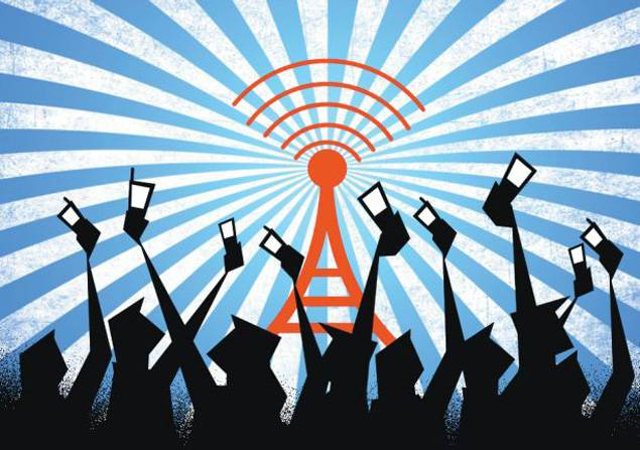
How does internet access improve lives in developing countries?
Internet access can help to improve access to information, opportunities, and services, and can contribute to the overall well-being and development of communities in developing countries. Five examples include:
- Education: Internet access can provide people in developing countries with access to a wealth of educational resources, including online courses, educational videos, and other materials. This can help to improve the quality of education and expand opportunities for learning, especially for people in remote or underserved areas.
- Employment: Internet access can help people in developing countries to find and apply for jobs, as well as connect with potential employers and clients. It can also enable people to start and run their own businesses, providing a source of income and economic opportunities.
- Healthcare: Internet access can provide access to health information and resources, including telemedicine services, which can improve access to healthcare and lead to better health outcomes.
- Communication: Internet access can help people to stay connected with friends and family, and to access news and information from around the world. It can also facilitate the exchange of ideas and facilitate collaboration with others.
- Political participation: Internet access can provide a platform for people to engage in political discourse and participate in the democratic process, helping to promote transparency and accountability in governance.
6 Barriers to the Fourth Industrial Revolution in African Countries
The Fourth Industrial Revolution refers to a range of new technologies, digitization, and robotization that are affecting all disciplines, economies, and sectors....
Apply Now: $300,000 Grants for Internet Access Prototypes and Pilots
Innovative methods, technologies, and infrastructure is at the core of providing better opportunities for people to transform and enrich their lives with Internet...
Apply Now: $160,000 Internet Strengthening Grants in Latin America and Caribbean
The Internet is permanently under construction. Ensuring its stability and security is essential to strengthen user trust and foster Internet growth in Latin America...
Apply Now: $68,000 in Grants for Internet Access and Connectivity
The Internet is a place of possibility and opportunity. It is where we collaborate and innovate for a better world. Where we share our hopes and strengthen our...
Apply Now: $850,000 for Women’s Digital Economic Empowerment Research
Digital technology is the fastest-growing innovation in history. It has reached about 50 per cent of the developing world’s population in two decades, fundamentally...
Apply Now: $500,000 Research Grants to Improve the Internet
Internet Society Foundation Research Grants
The Research Grant Program from the Internet Society Foundation supports global research collaborations that advance...
Mobile Broadband Internet Increases Household Income in Vietnam
New developments of existing technologies over time have led to emergent patterns of technology adoption and accordingly changing impacts on economy and society. Mobile...
How Mobile Broadband Internet Reduced Poverty in Rural Tanzania
Enabling universal internet access is deemed as a critical step towards achieving prosperity in developing countries. In line with this target, the digital landscape...
Apply Now: $500,000 USAID Grants for Internet Connectivity and Digital Financial Services
Advancing a competitive, innovative, and secure marketplace for Internet connectivity and digital financial services in low- and middle-income countries is crucial...
Can Digital Community Centers Be Financially Sustainable?
To bridge the digital divide, digital community centers — physical spaces that provide access to the internet, technology devices, and digital skills — have...










